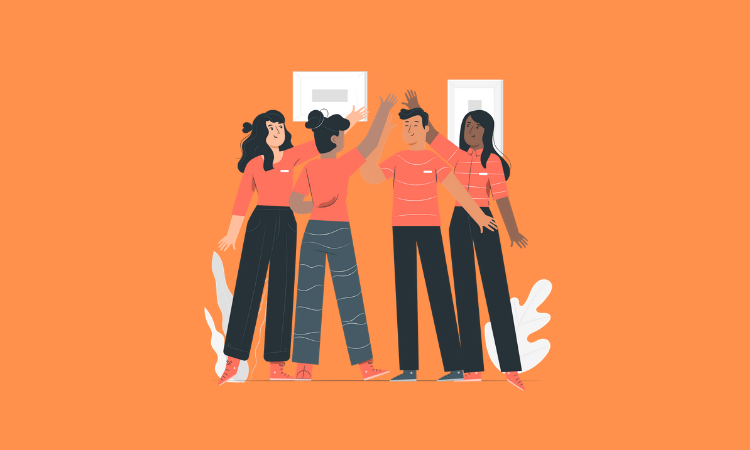The Customer Effect
The financial state and widening inclusion gap of the LGBTQ+ community
- A major portion of LGBTQ+ people is currently underserved by traditional financial institutions.
- The queer community urges the sector to be more inclusive in the marketing and provision of its products and services.








